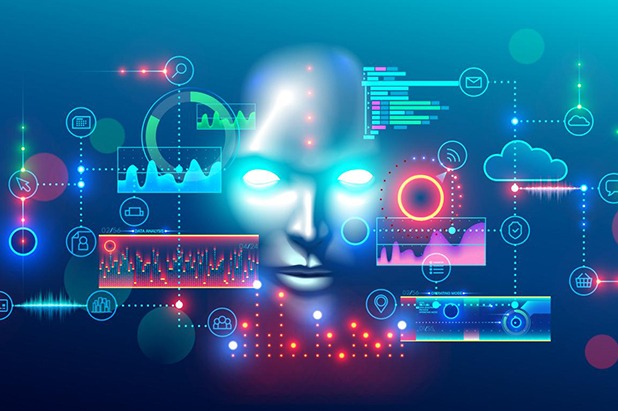
AI’s Leap into Predictive Analytics: Unveiling Future TrendsAI’s Leap into Predictive Analytics: Unveiling Future Trends Artificial intelligence (AI) is rapidly transforming the realm of data analytics, with predictive analytics emerging as a critical tool for businesses seeking to gain a competitive edge. As AI algorithms become increasingly sophisticated, they can now uncover hidden patterns and correlations in data, enabling businesses to forecast future trends and make informed decisions. Leveraging AI for Predictive Analytics AI-powered predictive analytics algorithms analyze large volumes of historical data, identify patterns, and make predictions about future events or behaviors. These algorithms use techniques such as machine learning, natural language processing, and deep learning to extract meaningful insights from complex data. Applications of Predictive Analytics Predictive analytics has a wide range of applications across industries, including: * Retail: Predicting customer demand and optimizing inventory levels. * Manufacturing: Forecasting equipment breakdowns and optimizing maintenance schedules. * Healthcare: Identifying high-risk patients and personalizing treatment plans. * Financial services: Detecting fraud, assessing creditworthiness, and predicting market trends. * Marketing: Personalizing marketing campaigns and targeting high-potential customers. Key Benefits of AI-Powered Predictive Analytics * Enhanced decision-making: Provides actionable insights to inform strategic planning and operational decisions. * Improved efficiency: Automates data analysis tasks, freeing up human analysts for more complex and valuable work. * Increased revenue: Accurately forecasting demand and customer behavior leads to optimized pricing, inventory management, and marketing strategies. * Reduced costs: Proactive maintenance and early detection of potential risks can significantly reduce operational expenses. * Improved customer experience: Personalized recommendations, targeted marketing, and tailored services enhance customer satisfaction. Future Trends in Predictive Analytics As AI technology continues to evolve, new trends in predictive analytics are emerging, including: * Real-time analytics: Predictive models will be applied to real-time data, enabling businesses to respond to changing conditions and make immediate decisions. * Hyper-personalization: AI algorithms will become more refined, allowing businesses to create highly personalized experiences for individual customers. * Explainable AI: Predictive analytics models will become more transparent, providing insights into how decisions are made and reducing the risk of bias. * Edge computing: Predictive analytics will be deployed on edge devices, bringing real-time insights closer to the source of data. * Quantum computing: Advances in quantum computing will enable the development of even more powerful predictive analytics algorithms. Conclusion AI’s leap into predictive analytics is revolutionizing the way businesses analyze data and make decisions. By leveraging sophisticated algorithms and vast amounts of data, AI-powered predictive analytics provides actionable insights that drive innovation, enhance efficiency, and empower businesses to stay ahead of the curve. As technology continues to advance, new trends will emerge, further expanding the capabilities of predictive analytics and unlocking its full potential for businesses of all sizes.
Posted inNews